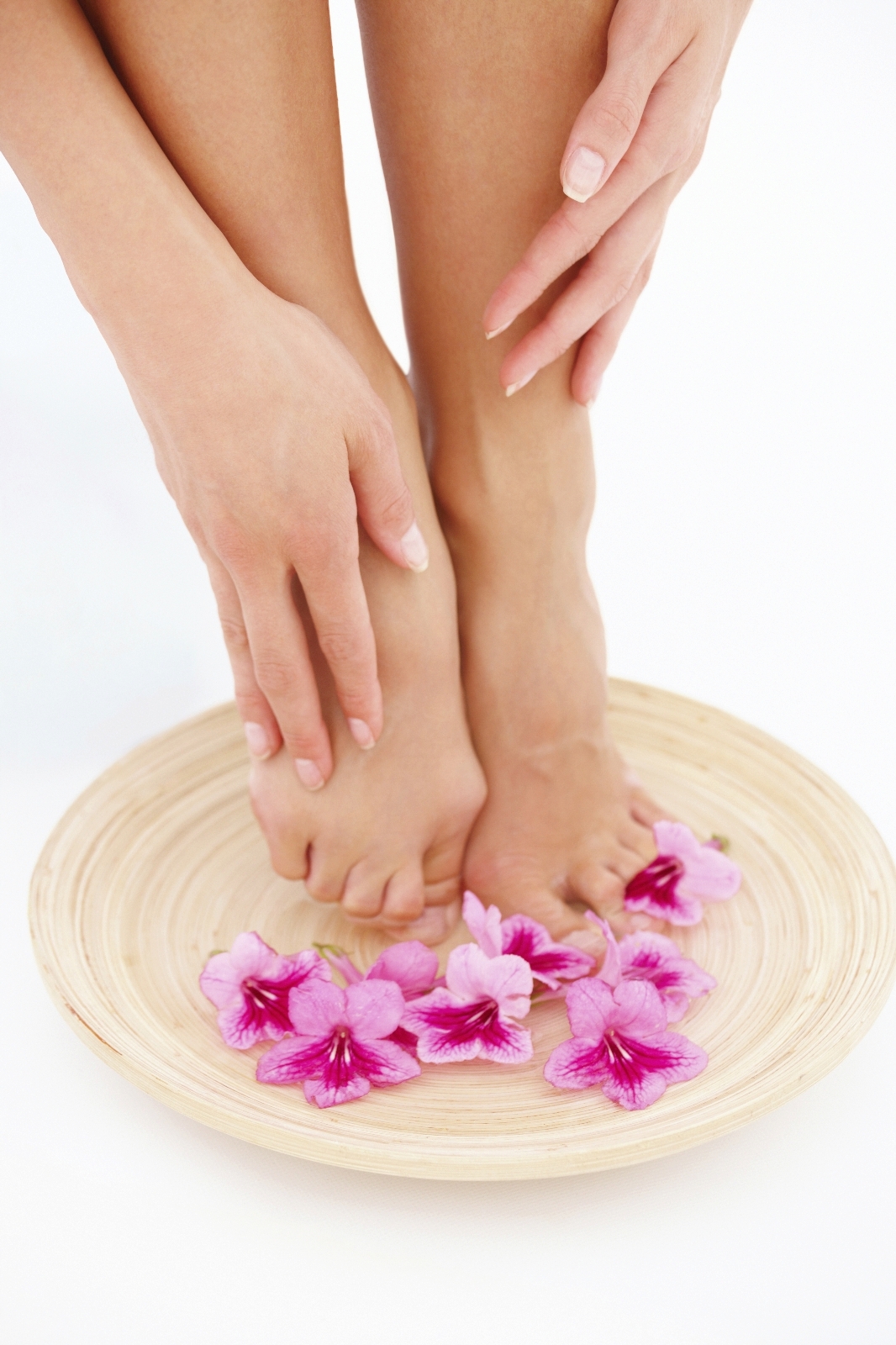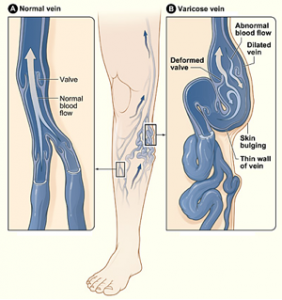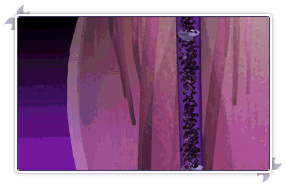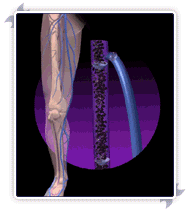Imagine…getting relief for your veins with
No major surgery, No downtime, No hospital stay

If you have been avoiding treatment for your spider and varicose veins for fear the only option is major surgery, the news couldn’t be better. The Vein Clinic at University Hospitals Westlake headed by Dr. Margaret Mann offer the latest minimally invasive outpatient procedure for your spider and varicose veins.
Traditionally, patients diagnosed with venous reflux would undergo vein stripping surgery. Now Dr. Margaret Mann has introduced the revolutionary endovenous laser procedure to the West Cleveland area, a minimally invasive and more comfortable alternative to painful and invasive vein stripping surgery.
The latest in varicose veins diagnosis and treatment
Our vein clinic at University Hospitals Westlake is lead by the highly trained dermatologic surgeon, Dr. Margaret Mann, who is certified with the American Board of Venous and Lymphatic Medicine. Using the latest diagnostic methods and techniques, we offer our patients the best in minimally invasive microsurgical options. We are dedicated to giving you the care you need to have legs that not only feel better but look better too! Restoring legs to their healthy, pain-free, good looks is what we do with pride.
During your consultation, Dr. Mann will carefully evaluate your condition and formulate an individualized treatment plan. The goal of medical treatment is to eliminate venous insufficiency and restore proper venous circulation by eliminating any refluxing veins, varicose veins, and spider veins.
Learn More

FACTS ABOUT VARICOSE VEINS
More than Just a Cosmetic Problem
While many people have heard about varicose veins, few truly understand their underlying cause, and the potential they have for developing into a serious medical issue. Fortunately, there are new and exciting treatments for varicose veins.
What are they?
Varicose veins are a very common problem, affecting almost 40% of women and 20% of men age 50 and older. These damaged veins which appear as twisted, rope-like cords on the legs serve no useful purpose in the body. Because valves in them are damaged, they hold more blood at higher pressures than normal, making the legs swell and feel heavy.
Spider veins are smaller, red or purple veins that appear as threadlike lines or star-burst like patterns. Although they may be symptomatic, spider veins are considered by insurance company as a cosmetic problem rather than a medical condition. However, spider veins can be an indication of diseased larger veins underneath. If larger veins are involved, they need to be treated first, or spider vein treatment will be ineffective.
What causes varicose veins?
 Arteries carry blood from your heart out to your body, delivering oxygen to the tissue. Veins then return the ‘de-oxygenated’ blood (more bluish in color) back to your heart to be re-circulated. Nearly 75% of the body’s blood is found in your legs.
Arteries carry blood from your heart out to your body, delivering oxygen to the tissue. Veins then return the ‘de-oxygenated’ blood (more bluish in color) back to your heart to be re-circulated. Nearly 75% of the body’s blood is found in your legs.
To return this blood to the heart, your leg veins must work against gravity. Muscles in the leg squeeze the deep veins to help push blood forward. Small, one-way valves in the veins open to allow blood to flow upward, towards the heart, and then close to prevent it from flowing backwards. While deep veins are supported by thick muscle tissues, the veins lying outside the muscle layer and closer to the skin (superficial veins), are not.
 Varicose veins occur when the valves in these superficial veins fail. When this occurs, the blood that should be moving towards the heart starts to flow backward or reflux resulting in a condition called Venous Insufficiency. Blood collects in your lower veins causing them to stretch and become varicose. The largest superficial vein called the Great Saphenous Vein (GSV) is the one most often affected. Vein disease is chronic and progressive.
Varicose veins occur when the valves in these superficial veins fail. When this occurs, the blood that should be moving towards the heart starts to flow backward or reflux resulting in a condition called Venous Insufficiency. Blood collects in your lower veins causing them to stretch and become varicose. The largest superficial vein called the Great Saphenous Vein (GSV) is the one most often affected. Vein disease is chronic and progressive.
What are the symptoms and will they get worse?
In addition to their unsightly cosmetic appearance, varicose veins can be painful and may lead to more serious conditions. Many patients who come to our vein center report heaviness, tiredness, aching, or cramping especially after standing or exercising for long periods of time. Burning or tingling sensation, occasional swelling or throbbing, and tenderness around the veins are other symptoms many patients have experienced. If chronic high vein pressure is not treated, it can lead to more serious complications including phlebitis (inflammation of the vein), deep vein thrombosis (DVT or blood clots), skin ulcers (sores or skin breakdown), bleeding, and scarring.
Who tends to get them?
Vein problems commonly develop as we grow older, although younger people also can develop them. By age 70, more than 70% of women are affected. Many factors increase a person’s chances of developing varicose veins including:
- Family history
- Hormone changes, such as pregnancy, birth control pills, or menopause
- Obesity
- Previous leg injury or blood clots
- Prolong standing or sitting
Don’t I need my superficial veins?
Varicose veins are a burden on your circulation. Because the blood inside them is refluxing (going backwards), correcting the flow will improve your circulation by diverting the blood back to normal veins with functional valves. In treating varicose veins, we eliminate only the bad veins and safeguard the healthy veins for normal circulation. Ultrasound helps to ensure that the treatment is highly selective.
How is the diagnosis made?
During your initial consultation with Dr. Mann, she will examine your legs while you are standing to look for swelling, discoloration, and tenderness. A diagnostic ultrasound will then be performed (same day or during a separate visit) to determine the extent of your venous disease. The ultrasound scan is a painless non-invasive method to map out the vein system and identify the veins that will need to be treated.
Further reading
The American Venous Forum has a very comprehensive handbook for patients. Below are the links to some of the chapters.
Chapter 1: Normal Venous Circulation
Chapter 11: Physiology of Venous Insufficiency
Chapter 12: Chronic Venous Insufficiency Presentation
Chapter 13: Compression Therapy for Venous Disorders and Venous Ulceration
Chapter 14: Spider Veins/Telangiectasias Therapy
Chapter 15: Sclerotherapy for Venous Disease
Chapter 16: Surgical Therapy for Chronic Venous Insufficiency
About Dr. Margaret Mann- Vein Expert in Cleveland
Dr. Margaret Mann is a board certified Dermatologist and Fellowship Trained Dermatologic Surgeon. She is also certified with the American Board of Venous and Lymphatic Medicine. She is the Director of Aesthetic Dermatology at University Hospitals Case Medical Center and heads the Vein Clinic at UH Westlake. Dr. Mann graduated from Stanford University with top honors. She received her medical education and dermatology training at Washington University School of Medicine. Dr. Mann then completed a fellowship in Mohs, Cosmetic, and Venous Surgery at the Center of Dermatologic and Cosmetic Surgery at Washington University, focusing on minimally invasive surgery techniques. Prior to joining University Hospitals, Dr. Mann was the Co-Director of Dermatology Surgery and Chief of Clinical Services in the Department of Dermatology at University of California, Irvine. She is a member of the American Academy of Dermatology and the American College of Phlebology. She has authored multiple textbooks and journal articles on dermatologic and vein surgery. Dr. Mann lectures nationally to physicians on venous disease.
